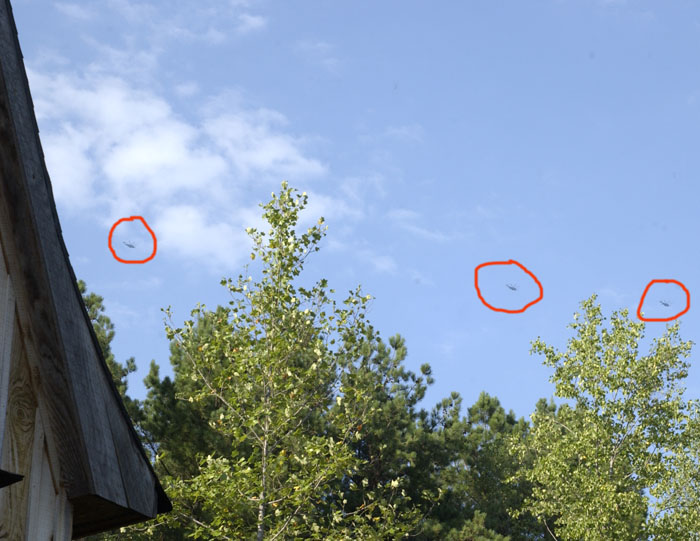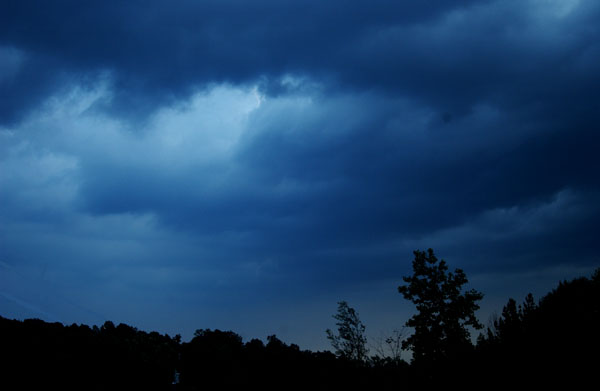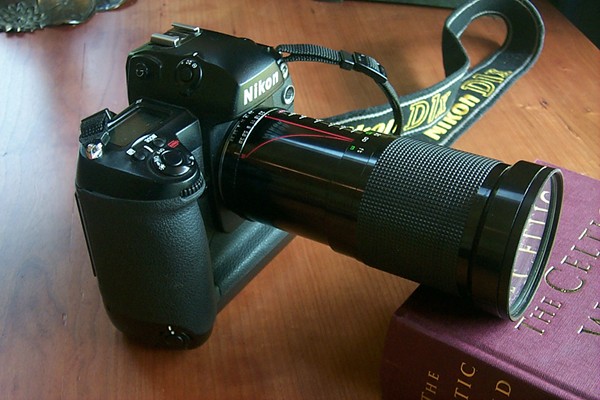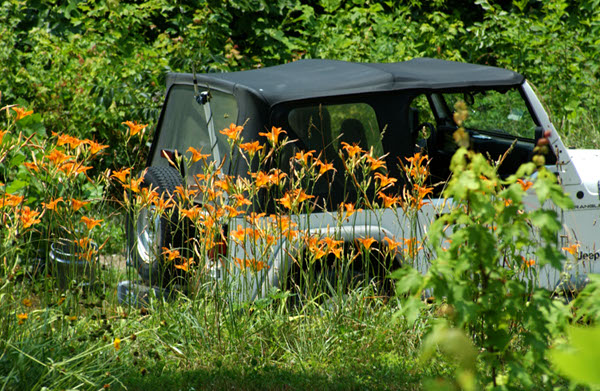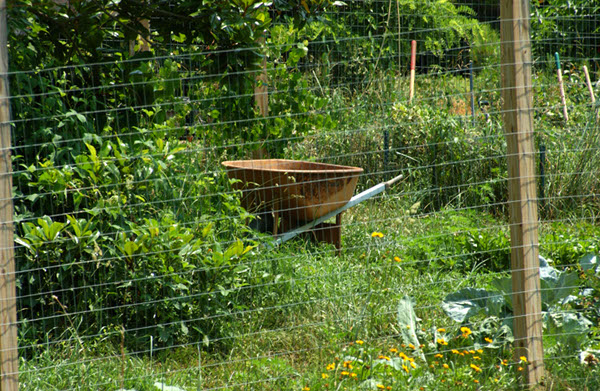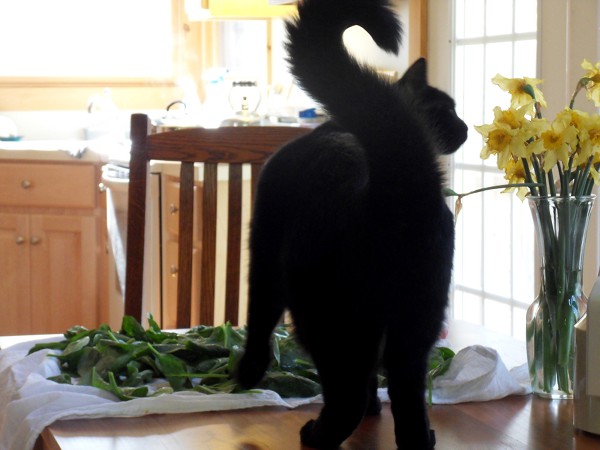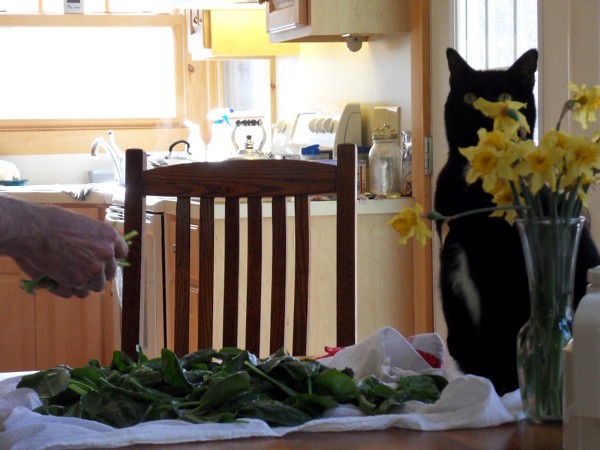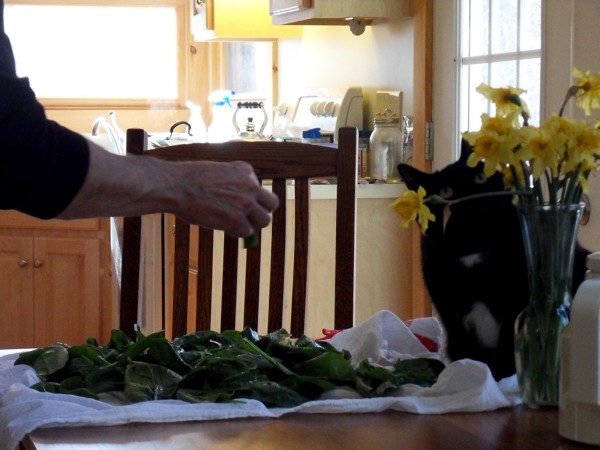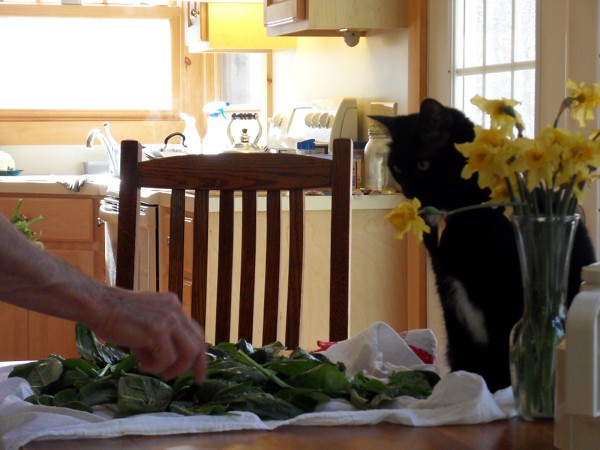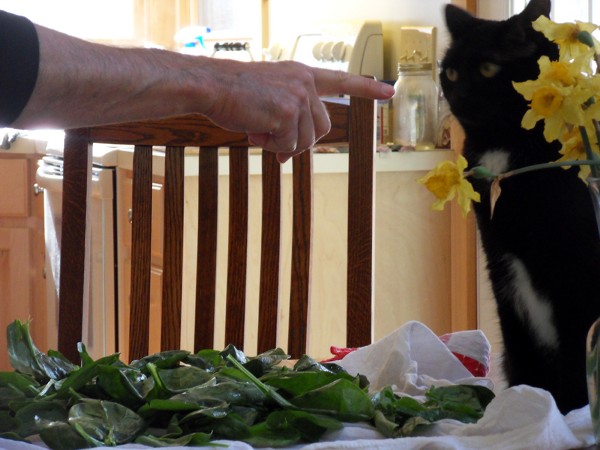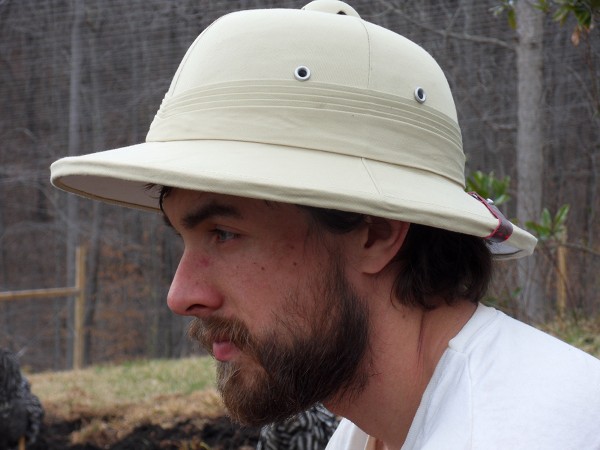I’ve mentioned a number of times the unusual amount of military helicopter traffic over Acorn Abbey. I think I may have a clue. On Thursday, 36 hours or so before Hurricane Irene came ashore in North Carolina, there was a westward parade of helicopters, all following the same course (though at a higher altitude than usual, probably around 7,000 feet). Then today, after Hurricane Irene had safely passed by, there was a eastward parade of helicopters on the opposite course.
It seems very likely to me that the military was moving aircraft stationed in eastern North Carolina to another military base to keep them safe from the hurricane. Then they moved them back. As far as I can tell, if you draw straight lines between all the military bases to the east and west of me, none of the straight lines pass directly over Acorn Abbey. A straight line from Seymour Johnson Air Force Base in eastern North Carolina to Fort Campbell, Kentucky, looks like the best match. Maybe the aircraft alter their course to stay north of the much more densely populated Winston-Salem and Greensboro area.

